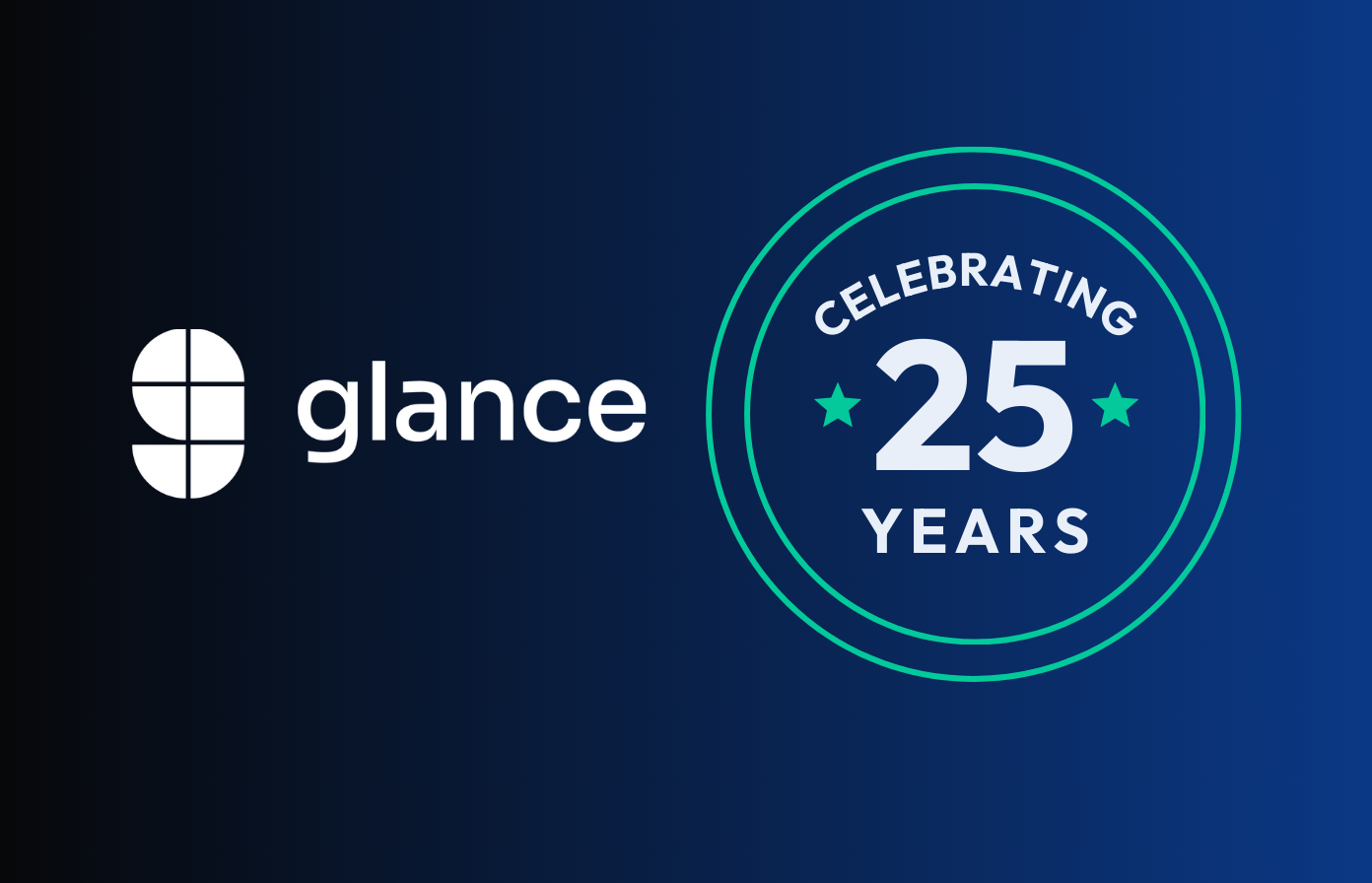
Originally published in BAI Banking Strategies
By Clyde Logue, VP of Product, Glance
August 3, 2020
By all accounts, banks have performed exceedingly well navigating COVID-19 by instantly converting personnel to work-from-home environments, limiting access to brick-and-mortar branches, and finding new mechanisms to serve customers remotely through a bevy of next-generation technologies like digital self-service, artificial intelligence, digital meetings, cobrowse, screen share, video and other capabilities.
Now that the initial shock of navigating the disruption has subsided, many banks are now rightfully re-evaluating their systems and processes to ensure that they will have the requisite services, security and regulatory capabilities should another cataclysmic event occur.
Given the sophisticated nature of the banking sector – where compliance requirements drive technology investment just as much as service needs – not all vendors are suited to satisfy the exacting demands of this industry. And those that offer appropriate solutions to banks do so in two distinct ways:
- ‘Single stack’ solutions from a single vendor that can incorporate a wide array of services, such as CRM systems, contact center capabilities, visual engagement and collaboration tools.
- Or a more ‘open’ approach, in which vendors embrace open standards and an integration-friendly architecture to support the enterprise’s legacy technology.
At first blush, it would appear that the single-stack deployment would tick all the boxes for a bank looking to leverage new capabilities. It can combine multiple services cost-effectively, and presumably mitigate the disruption normally associated with adopting new technology. But after digging deep into these bundles, customers have unearthed some foundational issues that have persuaded them to seek ‘open’ solutions.
It’s hard to be an across-the-board expert
Perhaps the biggest challenge with a single-stack solution is the realization that no one provider can be expert in all the various types of solutions that businesses rely upon.
Field-proven CRM platforms, unified communications solutions, contact center systems, visual engagement services and other tools have evolved over time, guided by companies with acknowledged expertise in their particular domains. These vendors have learned where the guardrails are, and have become completely focused on improving their own capabilities and leaving other services to the experts in those adjacent areas.
Larger banks understand these limitations, and have been hesitant to pursue single-stack solutions. They’ve already invested heavily in core technology, and have built workflows and processes that leverage these platforms. Even if a particular legacy technology is no longer best-of-breed, in all likelihood it continues to serve the needs of the business. An enterprise doesn’t want to be told by a single-stack provider that they have to rip it all out and replace these legacy platforms.
There are also economic questions. Deploying a single-stack offering means replacing one or more highly specialized systems that are core to the enterprise’s success. Given today’s uncertainties, there is little appetite for enterprise customers to lift out infrastructure that works perfectly well – and has already been paid for – to take a flyer on bringing new capabilities into the business. Then there are other costs, including the disruption and expense associated with training staff on these new solutions.
Cloud architecture: Best of all worlds
Just like individuals who rely on medical specialists like cardiologists, podiatrists and dentists to address specified health care issues, businesses rely on purpose-made solutions to handle their most exacting needs. Open architecture and cloud technology allow enterprises to create their own solutions using the vendors and capabilities that best suit their needs.
Most point solutions – including CRM, UC, contact center and industry-specific applications – are now available with published APIs and microservices architectures. Any company, large or small, can tap into the developer universe and find a resource to create a customized and comprehensive solution that is feature-rich, secure and scalable. Integration may have been a problem 10 years ago, when hardware ruled the earth, but in the age of the cloud, there are fewer issues with building a solution from like-minded vendors.
Just as importantly, as the pace of innovation continues to accelerate and new services enter the market, adding different capabilities into the mix becomes much easier and cost-effective in the ‘best-of-breed’ cloud ecosystem. Many services can be added ‘over the top’ of existing cloud infrastructure, giving businesses the power to create the experience and workflow that they want, rather than wait for the single-stack provider to build these capabilities.
To learn more about Glance’s open technical architecture, visit our technology page.



.png)